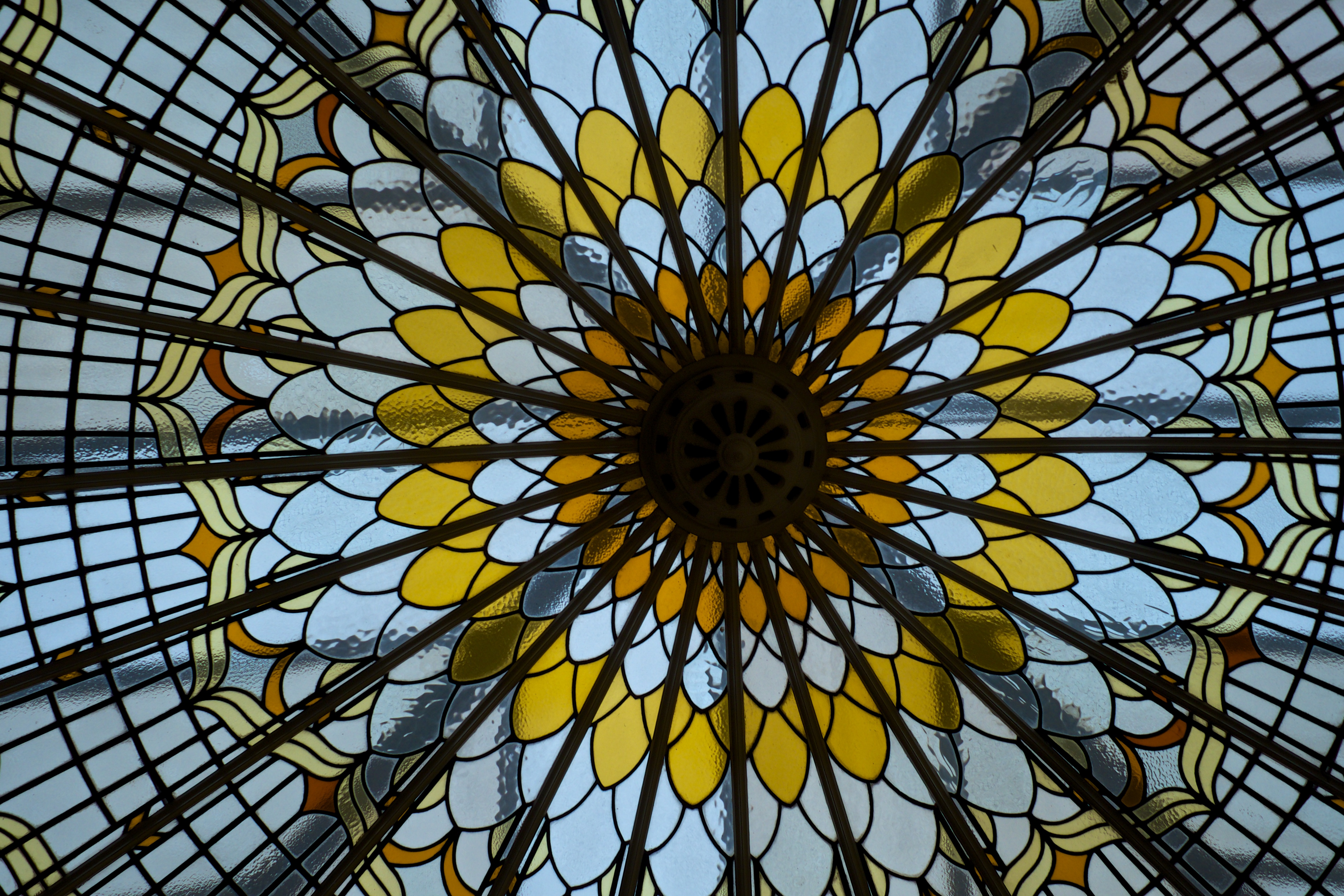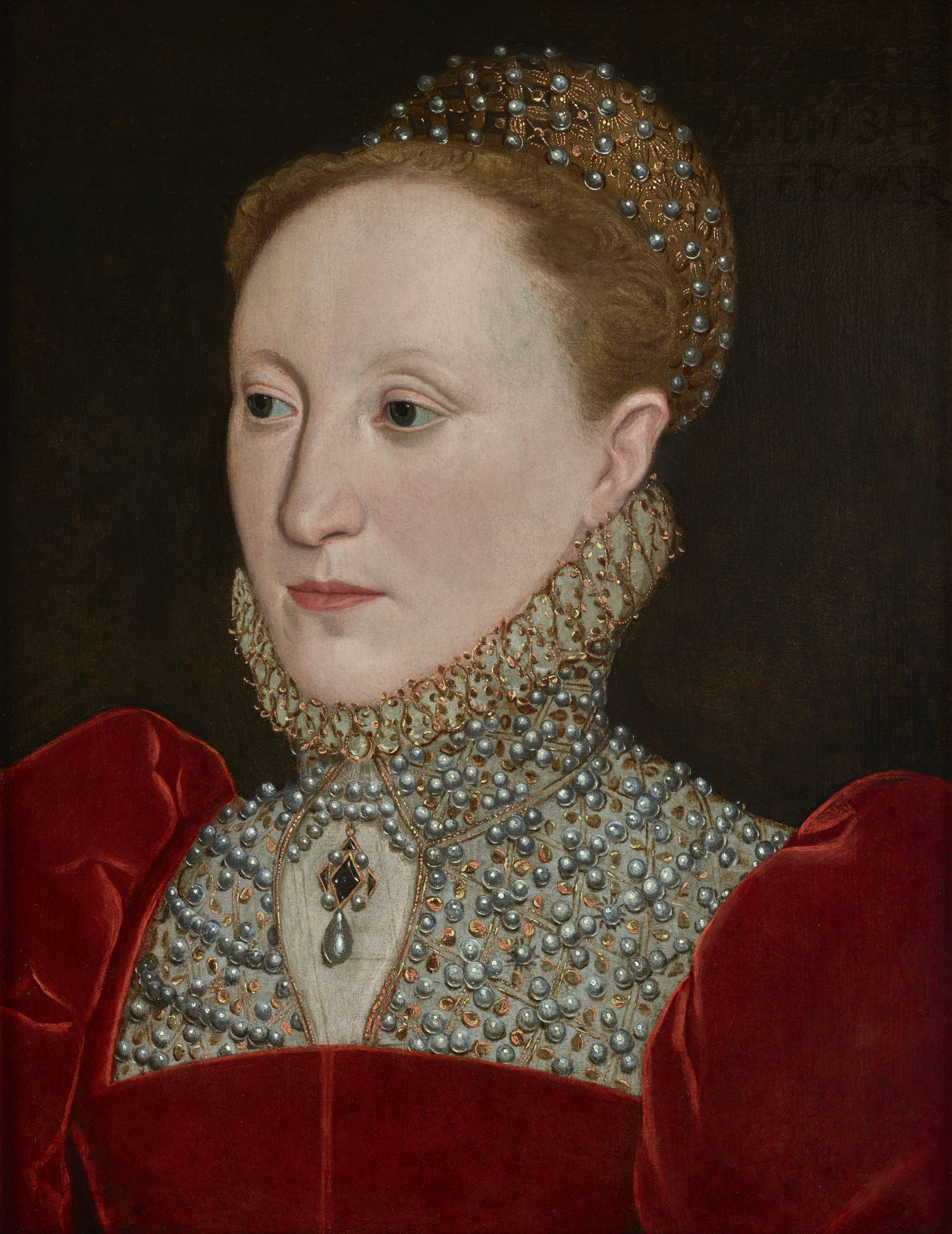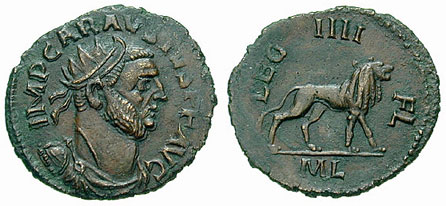|
Bishopsgate Institute
Bishopsgate Institute is a cultural institute in the Bishopsgate Without area of the City of London, located near Liverpool Street station and Spitalfields market. The institute was established in 1895. It offers a cultural events programme, courses for adults, historic library and archive collections and community programme. History The Grade II* listed building was the first of the three major buildings designed by architect Charles Harrison Townsend (1851–1928). The other two are the nearby Whitechapel Gallery and the Horniman Museum in south London. His work combined elements of the Arts and Crafts movement and Modern Style (British Art Nouveau style), along with the typically Victorian. Since opening on New Year's Day 1895, the Bishopsgate Institute has been a centre for culture and learning. The original aims of the institute were to provide a public library, public hall and meeting rooms for people living and working in the City of London. The Great Hall, in par ... [...More Info...] [...Related Items...] OR: [Wikipedia] [Google] [Baidu] |
Charles Harrison Townsend
Charles Harrison Townsend (13 May 1851 — 26 December 1928) was an English architect. He was born in Birkenhead, educated at Birkenhead School and articled to the Liverpool architect Walter Scott in 1870. He moved to London with his family in 1880 and entered partnership with the London architect Thomas Lewis Banks in 1884. Townsend became a member of the Art Workers' Guild in 1888 and in the same year was elected a Fellow of the more conservative Royal Institute of British Architects. He remained an active member of both organisations throughout his career and was elected Master of the Art Workers' Guild in 1903. He is important Modern Style (British Art Nouveau style) architect whose favourite motif was the tree. Works Townsend’s career was devoted mainly to domestic and small-scale ecclesiastical commissions, but his reputation rests principally on three strikingly original public buildings in London: Bishopsgate Institute (1892–94); the Whitechapel Art Gallery (1895& ... [...More Info...] [...Related Items...] OR: [Wikipedia] [Google] [Baidu] |
Labour Movement
The labour movement or labor movement consists of two main wings: the trade union movement (British English) or labor union movement (American English) on the one hand, and the political labour movement on the other. * The trade union movement (trade unionism) consists of the collective organisation of working people developed to represent and campaign for better working conditions and treatment from their employers and, by the implementation of labour and employment laws, from their governments. The standard unit of organisation is the trade union. * The political labour movement in many countries includes a political party that represents the interests of employees, often known as a " labour party" or " workers' party". Many individuals and political groups otherwise considered to represent ruling classes may be part of, and active in, the labour movement. The labour movement developed as a response to the industrial capitalism of the late 18th and early 19th centuries, at a ... [...More Info...] [...Related Items...] OR: [Wikipedia] [Google] [Baidu] |
Irving Finkel
Irving Leonard Finkel (born 1951) is a British philologist and Assyriologist. He is the Assistant Keeper of Ancient Mesopotamian script, languages and cultures in the Department of the Middle East in the British Museum, where he specialises in cuneiform inscriptions on tablets of clay from ancient Mesopotamia. Early life and education Finkel was born in 1951 to a dentist father and teacher mother, one of five children (including a sister named Angela), and grew up at Palmers Green, North London. He was raised as an Orthodox Jew but became an atheist as a teenager. He earned a PhD in Assyriology from the University of Birmingham under the supervision of Wilfred G. Lambert with a dissertation on Babylonian exorcistic spells against demons. Career Philology Finkel spent three years as a Research Fellow at the University of Chicago Oriental Institute. In 1976 he returned to the UK, and he was appointed as Assistant Keeper in the Department of Western Asiatic Antiquities at the Brit ... [...More Info...] [...Related Items...] OR: [Wikipedia] [Google] [Baidu] |
Great Diary Project
Great may refer to: Descriptions or measurements * Great, a relative measurement in physical space, see Size * Greatness, being divine, majestic, superior, majestic, or transcendent People * List of people known as "the Great" *Artel Great (born 1981), American actor Other uses * ''Great'' (1975 film), a British animated short about Isambard Kingdom Brunel * ''Great'' (2013 film), a German short film * Great (supermarket), a supermarket in Hong Kong * GReAT, Graph Rewriting and Transformation, a Model Transformation Language * Gang Resistance Education and Training Gang Resistance Education And Training, abbreviated G.R.E.A.T., provides a school-based, police officer instructed program that includes classroom instruction and various learning activities. Their intention is to teach the students to avoid gang ..., or GREAT, a school-based and police officer-instructed program * Global Research and Analysis Team (GReAT), a cybersecurity team at Kaspersky Lab *'' Great!'', a 20 ... [...More Info...] [...Related Items...] OR: [Wikipedia] [Google] [Baidu] |
Jisc
Jisc is a United Kingdom not-for-profit company that provides network and IT services and digital resources in support of further and higher education institutions and research as well as not-for-profits and the public sector. History The Joint Information Systems Committee (JISC) was established on 1 April 1993 under the terms of letters of guidance from the Secretaries of State to the newly established Higher Education Funding Councils for England, Scotland and Wales, inviting them to establish a Joint Committee to deal with networking and specialist information services. JISC was to provide national vision and leadership for the benefit of the entire Higher Education sector. The organisation inherited the functions of the Information Systems Committee (ISC) and the Computer Board, both of which had served universities. An initial challenge was to support a much larger community of institutions, including ex-polytechnics and higher education colleges. The new committe ... [...More Info...] [...Related Items...] OR: [Wikipedia] [Google] [Baidu] |
Copac
Copac (originally an acronym of Consortium of Online Public Access Catalogues) was a union catalogue which provided free access to the merged online catalogues of many major research libraries and specialist libraries in the United Kingdom and Ireland, plus the British Library, the National Library of Scotland and the National Library of Wales. It had over 40 million records from around 90 libraries, representing a wide range of materials across all subject areas. Copac was freely available to all, and was widely used, with users mainly coming from Higher Education institutions in the United Kingdom, but also worldwide. Copac was valued by users as a research tool. Copac was searchable through with a web browser or Z39.50 client. It was also accessible through OpenURL and Search/Retrieve via URL (SRU) interfaces. These interfaces could be used to provide links to items on Copac from external sites, such as those used on the Institute of Historical Research website. Copac was a Ji ... [...More Info...] [...Related Items...] OR: [Wikipedia] [Google] [Baidu] |
Humanism
Humanism is a philosophical stance that emphasizes the individual and social potential and agency of human beings. It considers human beings the starting point for serious moral and philosophical inquiry. The meaning of the term "humanism" has changed according to the successive intellectual movements that have identified with it. During the Italian Renaissance, ancient works inspired scholars in various Italian cities, giving rise to a movement now called Renaissance humanism. With Enlightenment, humanistic values were re-enforced by the advances in science and technology, giving confidence to humans in their exploration of the world. By the early 20th century, organizations solely dedicated to humanism flourished in Europe and the United States, and have since expanded all over the globe. In the current day, the term generally refers to a focus on human well-being and advocates for human freedom, autonomy, and progress. It views humanity as responsible for the promotio ... [...More Info...] [...Related Items...] OR: [Wikipedia] [Google] [Baidu] |
History Of London
The history of London, the capital city of England and the United Kingdom, extends over 2000 years. In that time, it has become one of the world's most significant financial and cultural capital cities. It has withstood plague, devastating fire, civil war, aerial bombardment, terrorist attacks, and riots. The City of London is the historic core of the Greater London metropolis, and is today its primary financial district, though it represents only a small part of the wider metropolis. Foundations and prehistory Some recent discoveries indicate probable very early settlements near the Thames in the London area. In 1993, the remains of a Bronze Age bridge were found on the Thames's south foreshore, upstream of Vauxhall Bridge. This bridge either crossed the Thames or we ... [...More Info...] [...Related Items...] OR: [Wikipedia] [Google] [Baidu] |
Charles Goss
Charles William Frederick Goss (1864–1946) was an English librarian, polemicist and cataloguing innovator. He worked in English public libraries at the turn of, and the early, twentieth century, and was prominent among opponents of open access libraries in the UK. Life and career Goss was born in Denmark Hill, in South London, in 1864. He worked in Birkenhead and Newcastle public libraries, before becoming the first librarian in Lewisham (beating 300 other applicants to the post). He was forced out of this post, and left to become the librarian at the Bishopsgate Institute until he retired. While there, he campaigned to raise the status and pay of library staff. He retired in 1941, and died five years later. Whilst there, he established some of their special collections in London history, labour history, freethought and humanism. Open access controversy Goss was a vocal opponent of the move to open access libraries (as opposed to closed access, where staff would fetch ... [...More Info...] [...Related Items...] OR: [Wikipedia] [Google] [Baidu] |
Historypin
Historypin is a digital, user-generated archive of historical photos, videos, audio recordings and personal recollections. Users are able to use the location and date of their content to "pin" it to Google Maps. Where Google Street View is available, users can overlay historical photographs and compare it with the contemporary location. This content can be added and explored online. There were formerly a series of smartphone applications, but these were discontinued as of 2015 latest. The project was created by the non-profit company Shift (formerly We Are What We Do), as part of their inter-generational work, with funding and support from Google as part of a series of commitments to digital inclusion. The website has over 200,000 assets and recollections "pinned" to the Historypin map around the world, with higher contributions in the UK, USA and Australia. The beta version of the website was launched in June 2010 at the Royal Institute in London by Nick Stanhope, CEO of Shift an ... [...More Info...] [...Related Items...] OR: [Wikipedia] [Google] [Baidu] |
London Co-operative Society
The London Co-operative Society (LCS) was a consumer co-operative society in the United Kingdom. History The Society was formed in September 1920 by the amalgamation of the Stratford Co-operative Society and the Edmonton Co-operative Society, two of the largest societies in the London Metropolitan area, forming the largest retail co-operative society in the United Kingdom. Initially, the LCS headquarters were located at 54 Maryland Street, Stratford, London, Stratford, E.15. A key agreement reached with the London Trades Council and London Labour Party led to a plan to develop in Central London a meeting centre consisting of restaurant, general store, club and hall accommodations to address an unmet need of the city. In 1921, the LCS was also joined by the West London Society, the Kingston Society and the Co-operative Brotherhood Trust. In addition, the Society also took over two branches of the Staines Co-operative Party. The consolidation of co-operative societies in the Gre ... [...More Info...] [...Related Items...] OR: [Wikipedia] [Google] [Baidu] |
London & Middlesex Archaeological Society
The London and Middlesex Archaeological Society (LAMAS) is a society founded in 1855 for the study of the archaeology and local history of the City of London and the historic county of Middlesex. It also takes an interest in districts that were historically in Surrey, Kent, Essex and Hertfordshire, but that now lie within Greater London. The Society receives support from the Museum of London, and works in close association both with the Museum and with Museum of London Archaeology. It acts to some extent as an umbrella organisation to support smaller archaeological and local history societies in the Greater London area. It hosts an Annual Conference of London Archaeologists and an annual Local History Conference. History The Society was established in 1855 "for the purpose of investigating the antiquities and early history of the Cities of London and Westminster and the Metropolitan County of Middlesex". The inaugural meeting was held on 14 December 1855 at Crosby Hall, Bishopsga ... [...More Info...] [...Related Items...] OR: [Wikipedia] [Google] [Baidu] |





